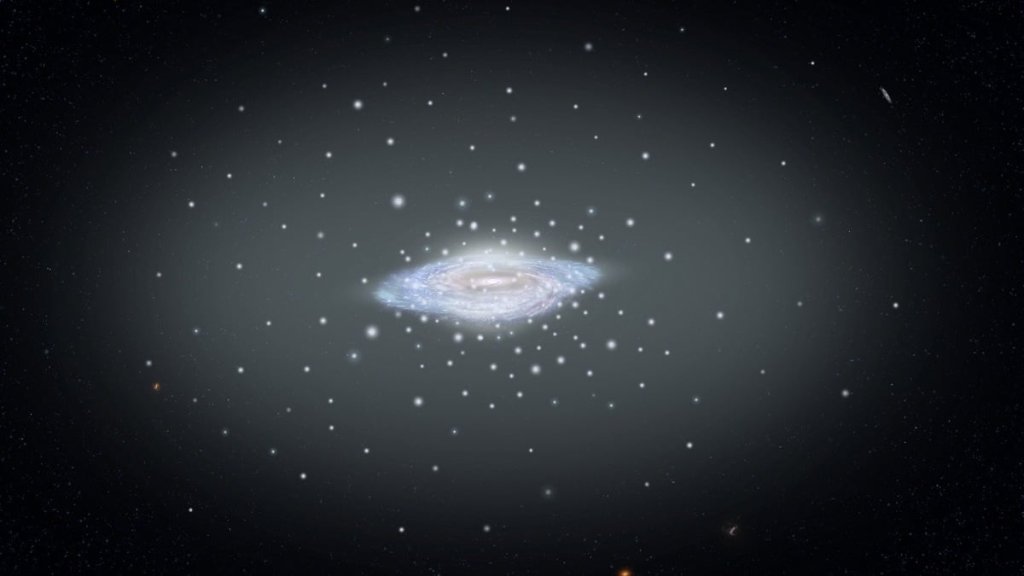
Are some of the oldest stars in the universe right under our noses? (Image Credit: Mashable)
The stars, about 30,000 light-years from Earth, are in the galaxy’s “halo,” the cloud of stars surrounding the main galactic disk in space, and are estimated to have formed about 12 to 13 billion years ago. That would place their births shortly after the Big Bang, which scientists believe happened some 13.8 billion years ago.
“These little stars are nearly 13 billion years old, and they haven’t changed one bit since,” Anna Frebel, the class’ professor, told Mashable. “The stars will continue to exist for about another 3 to 5 billion years or so.”
Their method for finding the old stars, each located in a different part of the halo, may help astronomers discover more like them.
Given that most of the chemicals in the universe are thought to have come from exploded stars, scientists have rationalized that the firstborn must have been composed almost entirely of hydrogen and helium, the primitive material that emerged from the Big Bang. Over time, as stars died and enriched the universe with heavier chemical elements, subsequent generations of stars formed with more diverse ingredients.
Scientists are on the hunt for the original generation of stars — so-called Population III stars — and it’s one of the missions of the James Webb Space Telescope, the leading infrared observatory run by NASA and its European and Canadian partners. Finding these pristine, pure-bred stars is one of the top priorities of modern astrophysics.
Though these three aren’t in that elusive Population III category, they are very ancient and among the first “Population II” stars, Frebel said, which are extremely light on other chemical elements. By comparison, the sun contains 10,000 times the amount of iron to helium as one of the three stars the class studied. Their research was published in the Monthly Notices of the Royal Astronomical Society this week.
In the fall 2022 semester, Frebel launched a new course on techniques to analyze ancient stars, then had the students practice applying those tools to stars that had never been thoroughly studied before.
The students, some of them undergraduates, combed through star data from the Magellan-Clay telescope at the Las Campanas Observatory in Chile, looking for stars that were low in strontium and barium. That led them to three stars originally observed by Magellan a decade ago.
The student authors believe each star is all that’s remaining of three previous galaxies. Those small primitive galactic neighborhoods would have at some point been absorbed into the sprawling Milky Way.

Credit: Yuri Beletsky
How did they figure the stars came from earlier galaxies if there are no other traces of their existence?
As the class looked closer at each star’s motion, the students noticed they were all traveling against the traffic.
“The only way you can have stars going the wrong way from the rest of the gang is if you threw them in the wrong way,” Frebel said in a statement.

Credit: Serge Brunier / NASA
To find other ancient stars like these three, scientists could employ their method: Look for stars with low levels of certain chemical elements, then discern whether they’re traveling in the wrong direction.
“While most of our classes are taught from the ground up, this class immediately put us at the frontier of research in astrophysics,” said Hillary Andales, one of the co-authors.
Frebel said finding and studying other stars like these three close to home could help astronomers better understand the evolution of the very first galaxies, usually too faint and distant for scientists to observe.





